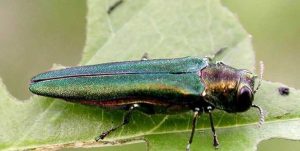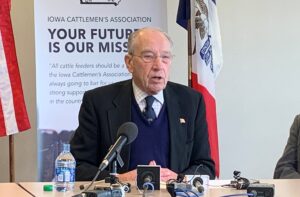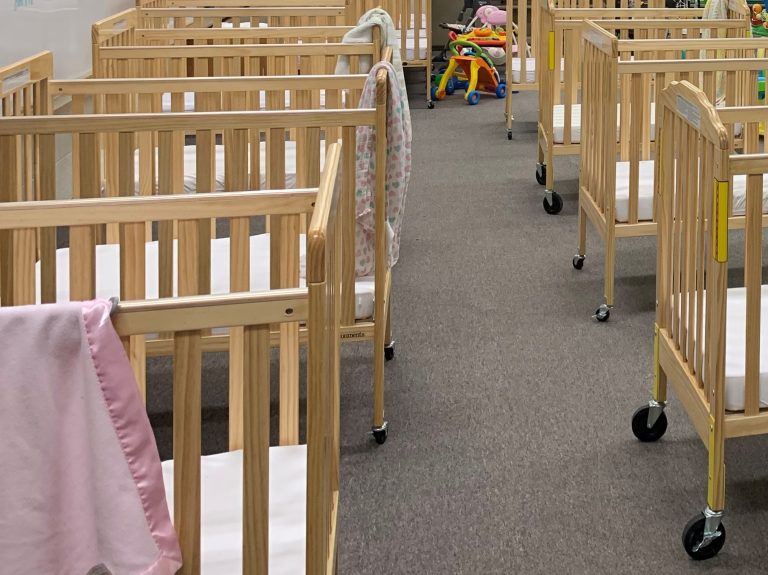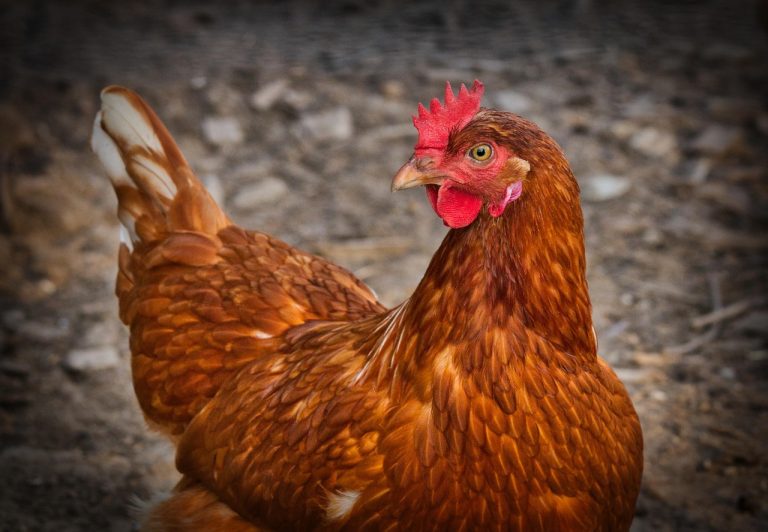
Sheldon, Iowa — We’ve been talking about the Emerald Ash Borer for many years. But it is finally here in northwest Iowa. And that’s not good news for ash trees.
We talked to insect expert and Extension Entomologist for the Iowa State University Department of Entomology, Donald Lewis. He tells us more about the beetle and why it’s so destructive.
He says they’ve known about the invasive insect for some time.
He says while your particular county may not show up as one in which the Emerald Ash Borer or “EAB” has been found, the pests are probably there.
Lewis tells us that there are three options about what to do if you have ash trees. First, do nothing. He says no one is going to make you take it down, but no one is going to pay you to take it down either. But sooner or later, the tree will die. Secondly, you could go ahead and replace the tree now and not wait for it to get diseased. The third option is the chemical treatment of the tree.
He says the insecticide can be both preventative and curative if there are a few dead branches in the top. It can reverse a light infestation, but if tree is more dead than alive, it won’t work. He says the treatment costs about $10 per diameter (not circumference) inch (through the tree from one side to the other). And they need to be treated every other year.
Incidentally, this refers to trees on your own property, and not in the rights-of-way between the sidewalk and the street. In most communities, trees in that area are the responsibility of the city in which you live. The Sheldon City Council recently discussed such trees and the large expense that the taxpayers are going to have to incur when the ash trees have to be removed. Sheldon Public Works Director Todd Uhl says it will cost about a million dollars to remove all the ash trees.
Lewis says there are some tough decisions to make.
Experts also tell us that when ash trees are replaced, they should be replaced with a variety of other species. Otherwise, we may have the same problem again, as anyone who remembers Dutch Elm Disease will tell you.
Lewis says you can find arborists at treesaregood.org.












